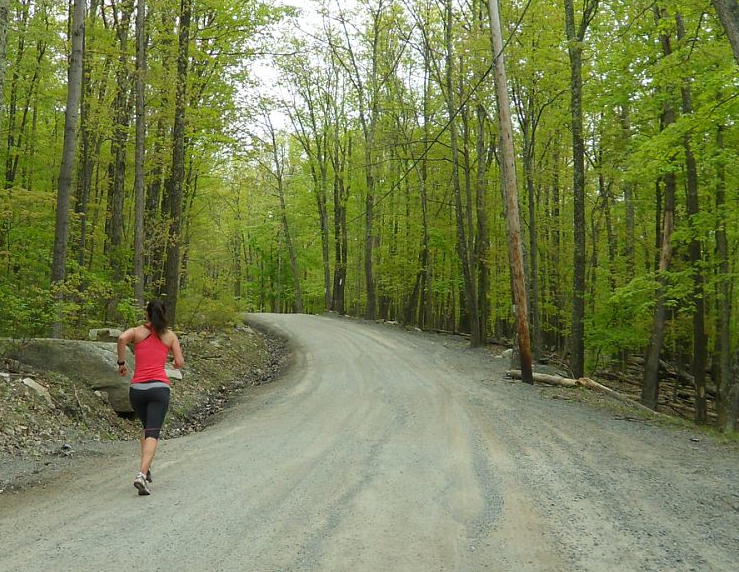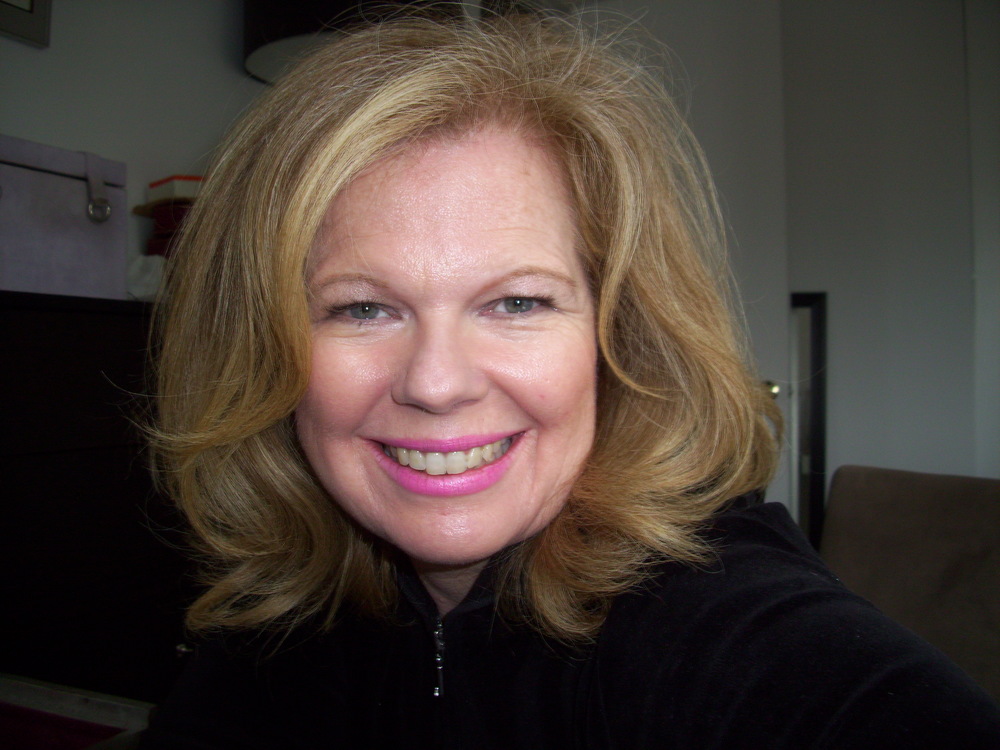 Wondering what you should be doing to get ready for fall marathon training? You’re not alone. Here’s how we recommend you fill those precious weeks leading up to the start of your marathon training:
Wondering what you should be doing to get ready for fall marathon training? You’re not alone. Here’s how we recommend you fill those precious weeks leading up to the start of your marathon training:
(1) GET HEALTHY. Now’s the time for a little TLC for any extra tightness or nagging pain that’s been creeping it’s way into your spring running. Maybe this means taking a week or two off from running or a couple visits to your favorite therapist. Also, don’t forget the value of a good non-running shoe. Women, with warmer, summer weather comes flat sandals, flip flops and high-heeled sandals. None of these are good for your achilles or your feet. Instead, spend more time in shoes with about a 1-inch lift and some arch support.
(2) SETTLE INTO A ROUTINE. Marathon training must be a priority for it to be successful. So, make sure you’ve figured out a way to fit in at least 3 runs a week including one day a week that will work for your longer runs. If you figure out how to make your schedule work in advance, it’ll be a lot less stressful when training officially begins.
(3) PICK UP THE PACE. Get your body used to the faster paced workouts included in most marathon training plans with at least one run a week that includes speed bursts in the middle or at the end of your run. For example, after a couple miles into your run, pick up the pace 4-6 times for 15 seconds to a couple minutes. You don’t need to sprint, but get out of your easy, regular pace. Alternatively, finish your run with a fast last mile at a comfortably hard pace similar to a tempo pace. This pace should feel challenging, but you should still be able to control your breathing.
(4) LONG RUN PREP. Take a look at the long run distance in week 1 of your training plan. Now make sure you’re ready to tackle that distance by building up over the next couple of weeks to a mile or two below this distance. For example, if the first week of your plan has you running 10 miles, you should be able to run 8 miles before starting week 1. This way you adhere to the 10% rule of only increasing your long run distance by about 10% each week.
(5) FIND A PLAN! No marathon experience is the same, so we believe no plan should be exactly same. Make sure your training plans works for you – not just your training partner. For a fully customized training approach and a fun, supportive environment, check out our 16-week training plans.


